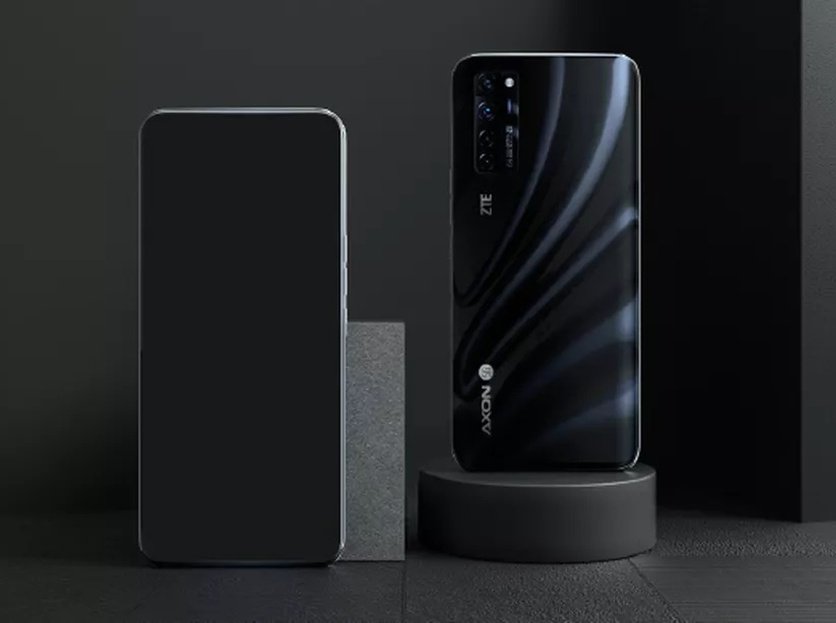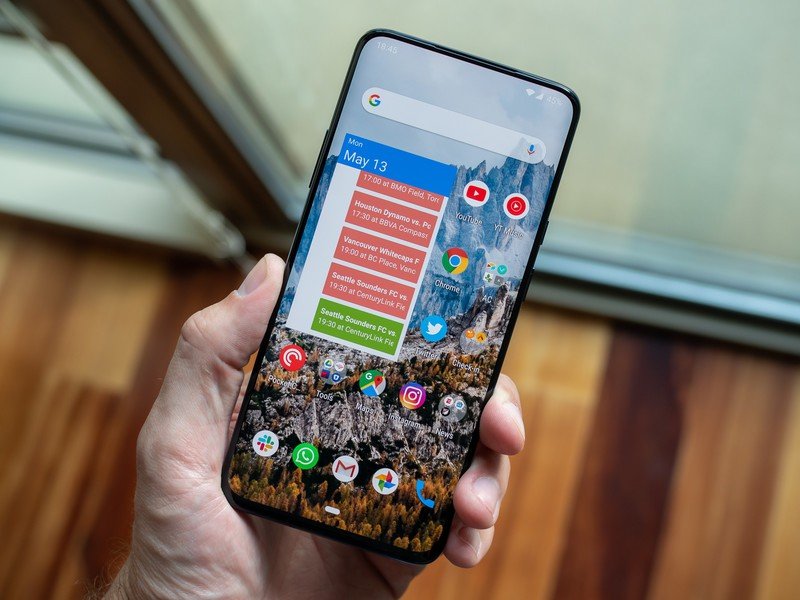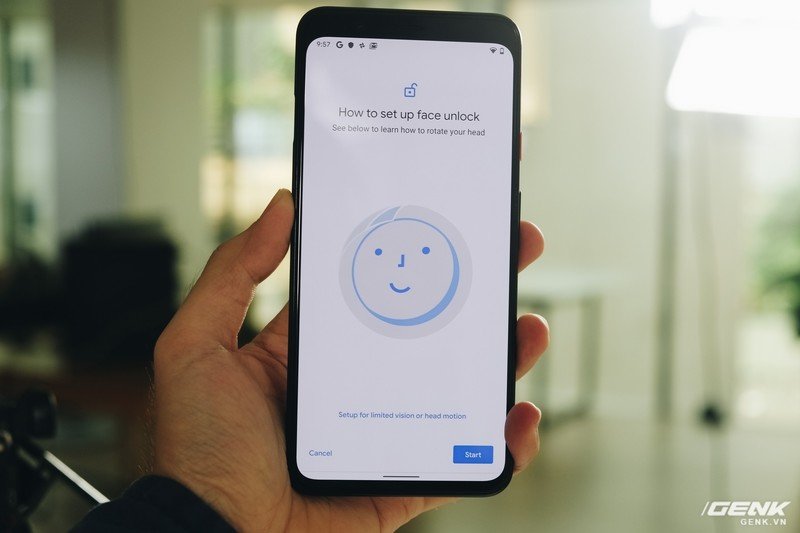The smartphone notch is almost dead, and I couldn't be more excited

Recently word leaked that ZTE was planning to unveil an all-new update to its Axon line of smartphones that had a full-screen display with minimal or no bezels. Admittedly those of us in the West haven't heard much from ZTE in recent years; however, the company has been known to push the envelope a bit with some of its designs. It was one of the first to have a "folding phone," and it's now it is emerging as the first OEM to offer an under-display camera in a commercially available phone.
Full-screen fantasies becoming a reality

The bezel-less, full-screen life has been a dream of enthusiasts since smartphones first burst on the scene, but it hasn't truly been possible yet, not without some compromises or leaving out some key features. The first attempts to push those bezels back were the notches that we saw starting with phones like the Essential Phone and the iPhone X, all the way back in 2017 (yes, I said all the way back, because it feels like eons in smartphone terms).
The "notch" has been with us now for over three years — can you believe it?
In the intervening years, pretty much all smartphone manufacturers have copied, er, adopted this design trend in an effort to create the illusion of more screen real estate. Some experiments like the hole punch on the Note 10 and Note 20 series worked out pretty well, while others like the Pixel 3 XL... didn't. While they did free up more screen space than traditional bezels did, they still didn't offer the complete, immersive experience of a true full screen.
Then there was the trend of pop-up selfie cameras like the innovative Asus ZenFone 6 and one of my personal favorites, the OnePlus 7 Pro. But the problem with those was that despite how well-engineered and fast the pop-up cameras were, they were still moving parts that could be damaged by drops or repetitive use. Additionally, they didn't allow for full waterproofing like phones with traditional selfie camera setups.
Let's also not forget that phone manufacturers have been working on under-display tech for some time, particularly in the form of fingerprint sensors. We first saw this concept realized a few years ago with experimental phones from Vivo, and that technology too was quickly adopted by the industry. True, some execute it better than others — just compare a OnePlus sensor to those on Samsung Galaxy phones — but this is where the puck has been moving, and OEMs have been skating to. It just appears that ZTE has gotten there first with regards to under-display cameras.
There are some potential downsides

For as wonderful as the idea of a seamless, bezel-less display that still incorporates bonuses like waterproofing and wireless charging sounds, we have to proceed with a bit of caution and skepticism. For starters, V1 products always have bugs and issues that need to be worked out, and they are never optimal user experiences. That's just a given, though many early adopters will no-doubt accept those compromises to be "first."
I mentioned the proliferation of under-display fingerprint sensors and how to this day, they still aren't as fast or as accurate as rear-mounted fingerprint sensors (despite how I personally feel about those). Once ZTE unveils its new camera system, will it take three years or more before that kind of setup is considered as good as current selfie cams (or even ones from a few generations ago)? It's possible.
Get the latest news from Android Central, your trusted companion in the world of Android
For the truly paranoid, an under-display camera might feel too intrusive.
With an under-display camera or sensor array, the more paranoid among us might feel like they can never truly be sure that someone isn't always watching them. There's no place to put a sticker or slider on this new device. Now, of course, those people are probably paranoid right now since most phones have front-facing cameras that are not covered (aside from those with pop-out cameras). Still, if the cameras are under the display, they may never really feel like they're not being observed. Just about the only recourse for them would be to purchase a wallet case and cover their screen when it's not in use.
The next wave

If what ZTE is bringing to market with the Axon 20 5G shows as much promise as we've been hoping for, you can bet your bottom dollar that other OEMs will quickly follow suit. Even in these trying pandemic times, it could be just the shot in the arm the mobile industry needs to regain momentum, particularly at the high end of the market.
The true full screens that under-display technology would create would be a boon to those consuming video content or playing games on their phones, but it would also be awesome to see companies like Google, and Samsung (and yes, even Apple) be able to incorporate secure face unlocking technology beneath the screen as well.
Another potential benefit is for the idea (dream?) of a portless future. Being able to seal a phone up airtight would be great for preventing dust and water ingress, and could make it more difficult for third-parties to physically take control over your phone. This may need to wait for greater wireless charging access, particularly in public spaces, but I'd wager that time is approaching faster than you think.
Ultimately, I'm not alone in my excitement for what this alleged announcement will mean over the next months and year for the smartphone industry that I love and cover, and I'm curious to see how the market reacts.
But forget about the market for now; what do you all think? Are you interested in or excited about under-display camera technology? Why or why not?

Jeramy was the Editor-in-Chief of Android Central. He is proud to help *Keep Austin Weird* and loves hiking in the hill country of central Texas with a breakfast taco in each hand.

